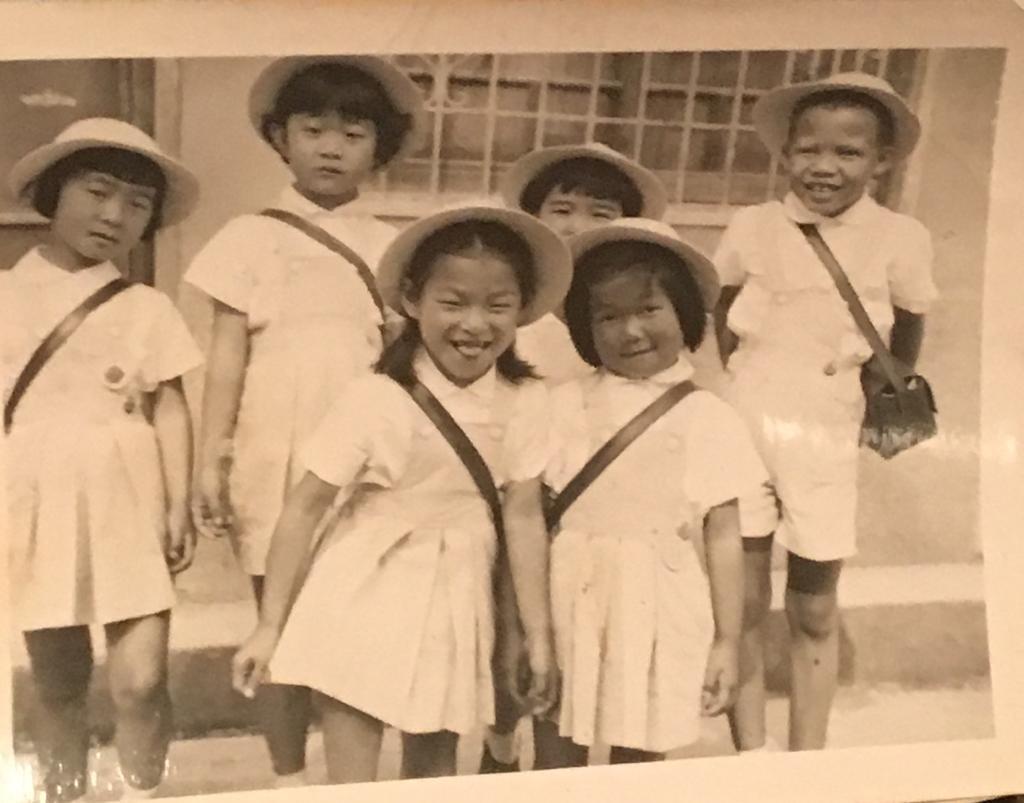Pathways to Education
Life Overseas
Due to his father's involvement in the military, Wallace's family moved to occupied Japan. Only five years old, he recalls being the only Black student in his class, and despite racial and linguistic differences, he excelled academically. Taught in English, he learned how to read immediately and moved into the second grade at the age of five. Because his family lived in town and not on a military base, he became fluent in Japanese and the family interpreter.
His father put on another assignment, his family left Japan for Puerto Rico on his seventh birthday. Living there for the third and fourth grade, he recalls not being able to learn or retain the language because they lived in civilian quarters on the military base. Having spent most of his early childhood overseas, Wallace returned to the United States with an overwhelming level of knowledge. Living in Teaneck, New Jersey, a state with one of the best public school systems in the country, he reached the fifth grade at only eight years of age. The school he attended had an enrichment program where students were heterogeneously grouped based on their academic achievements. Excelling in most of his classes, Wallace recalls reading the entire catalogue of World Book Encyclopedias and taking advantage of every opportunity to learn. Similiar to Willie Bogan, who would matriculate to Dartmouth in '67, they strove to reach high academic potential.
The National Scholarship Service and Fund for Negro Students
For a short period of time, The National Scholarship Service and Fund for Negro Students (NSSFNS) identified Black students who did well on standardized tests and earned high national merit and achievement scores. Starting in 1948, the organization sought to increase and broaden opportunities for Black students applying for and attending interracial colleges (Plaut 393). Privately financed in association with the Ford Foundation-funded National Achievement Program, the service aimed to provide students with the financial means needed to apply and matriculate to college. The College Assistance Program (CAP), involved the participation of counselors, who'd travel to predominantly Black or disadvantaged high schools and speak to students about existing collegiate opportunities. On behalf of the universities, they'd promote various other programs like the National Achievement and College Admissions Center that could help them enroll.
In Wallace's senior year, they recruited and provided him with over 50 - 100 offers from colleges and universities across the country. Bringing schools he never even heard or dreamed of to his attention, Wallace began the application process with full determination. Applying to some of the nation's elite — Princeton, Brown, John's Hopkins, etc. — he was admitted and decided to attend Dartmouth College in the fall of '66. Aiming to become a doctor, he matriculated to the institution as a student on the premed track.

